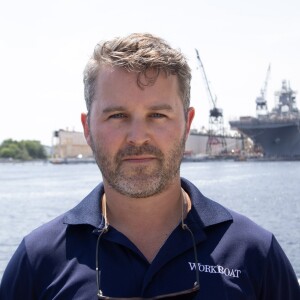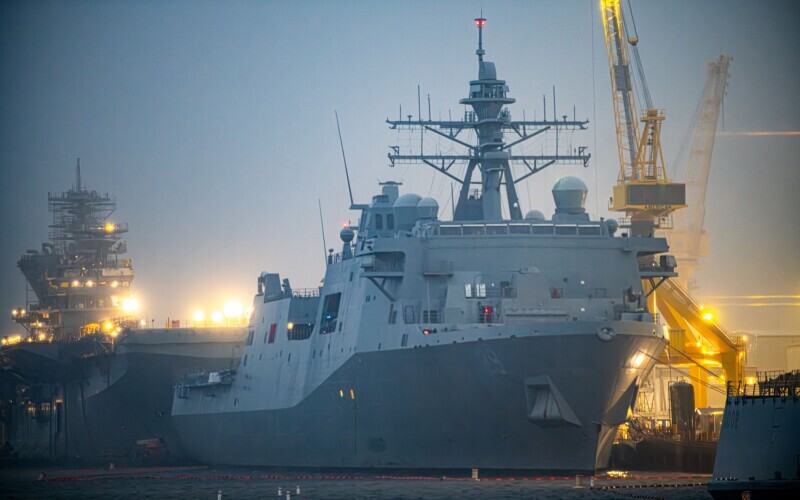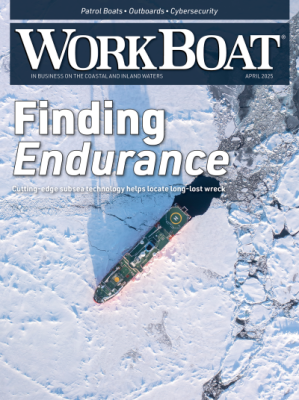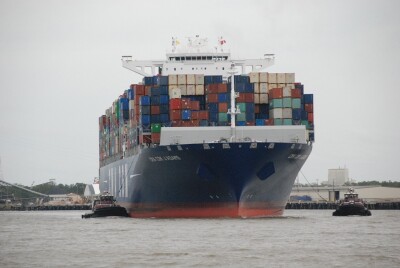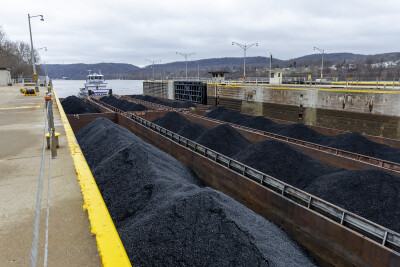A commissioning ceremony was held on Sept. 7 for the 684’x105’x23’ amphibious transport dock ship USS Richard M. McCool Jr. (LPD 29) at Naval Air Station Pensacola, Pensacola, Fla.
In March, HII’s Ingalls Shipbuilding division announced the successful completion of the vessel’s acceptance sea trials. Saturday’s commissioning ceremony marks the final transition ship of Flight I before Ingalls transitions into serial production of the LPD Flight II line.
Paul Roden, Amphibious Warship Industrial Base Coalition (AWIBC) chairman spoke to WorkBoat about the significance of the event.
When asked about the event, Roden highlighted the traditions that take place once a vessel is accepted by the Navy as a warship. “It's exciting because they ring the bell, and the crew is lined up on the pier, and they run onboard the ship, they start the engines, they rotate the radars, they sound the whistles and break the commissioning pennant that says this is now navy ship.”
The USS Richard M. McCool Jr. will be the Navy’s 13th San Antonio-class amphibious transport dock ship. Amphibious transport docks are used to transport and land Marines, their equipment, and supplies by embarked Landing Craft Air Cushion (LCAC) or conventional landing craft and amphibious assault vehicles (AAV) augmented by helicopters or vertical take-off and landing aircraft (MV 22). These ships support amphibious assault, special operations, or expeditionary warfare missions and serve as secondary aviation platforms for amphibious operations. With some next-generation modifications, the USS Richard M. McCool Jr. can carry two Ship-to-Shore Connector Craft (hovercraft), and two V-22 aircraft in her hangar bay.
The amphibious transport dock ship is named in honor of Capt. Richard M. McCool, Jr., a Medal of Honor recipient for actions taken during World War II, when his ship — USS LCS (L) (3)-122 — was attacked by kamikaze aircraft during the Battle of Okinawa.
The AWIBC is comprised of 650 companies in 39 states and 249 congressional districts that represent the amphibious warship industrial base. The coalition states that these companies provide parts worth over $1.7 billion for the construction of amphibious warships.

